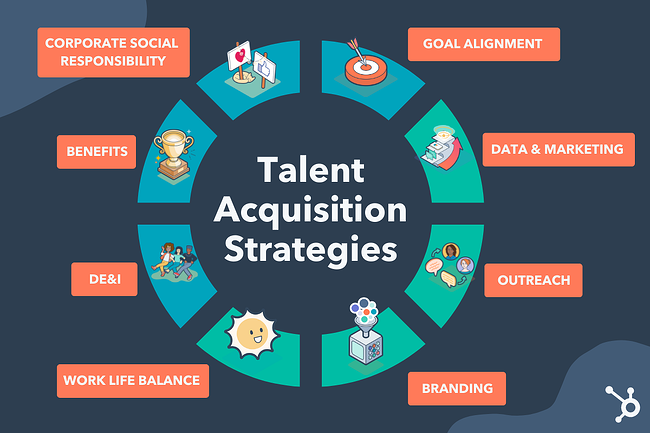You must understand the work segments and position requirements to create a successful talent acquisition strategy. You also need to know the inner workings of your company. For example, if your company is looking to fill a challenging role, you must understand what it takes to land that person. The right talent acquisition strategy can help you keep such a role. So what does talent acquisition mean? Employers use the strategic process known as talent acquisition to examine their long-term talent needs in the context of their business goals, discover and develop the best potential sources, and implement the plan by hiring, screening, and onboarding individuals. In most cases, it results from the HR department’s close coordination with talent acquisition experts and feedback from senior executives.
Employer branding
Employer branding can be a powerful tool to attract top talent. According to research, 75 percent of candidates consider a company’s reputation when considering new career opportunities. Employer branding allows companies to communicate these features and benefits to potential applicants. In addition, a company’s website and social media pages are frequently consulted by potential employees. Therefore, it is vital to ensure consistency across channels.
One of the best ways to communicate employer brand is to show employees who work for your company. An excellent way to do this is to create an employee blog where employees talk about different topics. Another great way to showcase your company is to publish videos featuring your employees. These videos can be shared on social media or posted to your career page. This will show potential employees what it’s like to work at your company.
Recruitment marketing
A company must engage in several processes and activities to attract talent, from brand awareness to hiring. If these processes are broken, it can be difficult to attract talented employees. The key to recruiting is often corporate branding, which makes potential candidates aware of the company’s name and culture. Without this awareness, potential employees will not even consider applying for a job with a company.
The next step in hiring talent is ensuring they are a good fit for the job. This process can take a while, especially if the job is highly specialized. Referrals from current employees can help, as well.
Rent vs. buy strategy
A buying strategy entails hiring talent from outside your existing employee pool. It is typically used for senior-level positions or those with specialized skills. For example, hiring an experienced employee from outside your company can help you improve processes and boost overall productivity if you need a new marketing department or sales team.
Choosing a talent acquisition strategy should be based on evaluating the costs and benefits of each approach. The direct costs of each strategy should be considered, as should the short-term and long-term benefits. For example, although a buying strategy may be more affordable in the short term, it may not be the best option for long-term success.
The first consideration is the availability of talent in the market. There are times when the labor supply is low. For example, a company may be able to hire an experienced IT worker without putting up its own money. However, if the company needs a marketing team to boost its sales, it is likely to pay more than it could for an in-house employee.
Engaging passive candidates
The first step in engaging passive candidates in talent acquisition is to locate them. This can be done using social media. Then, simply message them about the position and why they would be a good fit. Be careful not to come across as overly aggressive, however. The best way to do this is to use an approach that plays off their strengths and downplays the weaknesses of their current employer.
To engage passive candidates, create compelling content highlighting the company culture and demonstrating its commitment to its goals. Avoid long, convoluted emails. Passive candidates will not read long emails with a lot of information. Make them brief.



